Affordable Skin Biopsy in Turkey: What You Need to Know
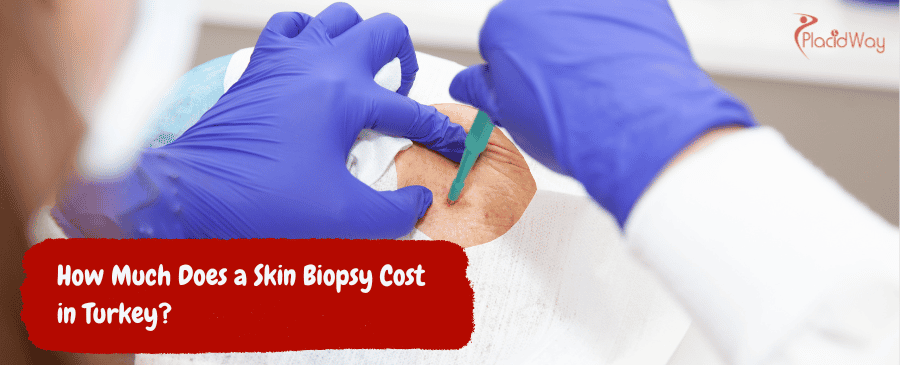
Welcome to our comprehensive guide on the cost of a skin biopsy in Turkey. If you're considering this diagnostic procedure, you're likely looking for clear, reliable information about expenses, quality of care, and what to expect. Turkey has emerged as a leading destination for medical tourism, attracting patients worldwide with its combination of advanced healthcare facilities, highly qualified medical professionals, and competitive pricing. A skin biopsy is a crucial diagnostic tool used to examine suspicious skin lesions, moles, or rashes to identify conditions ranging from infections to skin cancer. This procedure involves taking a small sample of skin tissue for microscopic analysis. In this detailed guide, we aim to answer all your pressing questions, providing you with the insights you need to make an informed decision about undergoing a skin biopsy in Turkey.
How much does a skin biopsy cost in Turkey?
Generally, Turkey offers a compelling value proposition, providing access to modern equipment and experienced dermatologists at a fraction of the cost found in many other developed countries.
For instance, while a basic shave biopsy might be on the lower end of the spectrum, a more involved excisional biopsy that requires stitches and more extensive lab analysis could be at the higher end. It's always advisable to get a detailed quote from your chosen clinic to understand what exactly is included in the price.
What factors influence the cost of a skin biopsy in Turkey?
-
Type of Biopsy:
-
Shave Biopsy: This is the least invasive and usually the least expensive, involving the removal of only the outermost layers of skin.
-
Punch Biopsy: A circular tool is used to remove a deeper core of skin, including the epidermis, dermis, and sometimes subcutaneous fat. This is moderately priced.
-
Excisional Biopsy: This involves surgically removing the entire lesion, often with a margin of healthy tissue, and requires stitches. It's generally the most expensive due to its invasiveness and the need for suturing.
-
Incisional Biopsy: Similar to an excisional biopsy, but only a portion of a larger lesion is removed.
-
-
Complexity and Location of the Lesion:
-
Biopsies from sensitive or hard-to-reach areas (e.g., face, eyelids, fingers) might incur higher costs due to the precision required and potential for cosmetic considerations.
-
Larger or more irregular lesions might also increase the complexity and, consequently, the cost.
-
-
Clinic or Hospital Reputation and Location:
-
Major cities like Istanbul and Antalya often have clinics with higher overheads, leading to slightly higher prices compared to smaller cities.
-
Clinics with international accreditations (like JCI) and renowned dermatologists may charge more for their expertise and advanced facilities.
-
-
Surgeon's Experience and Expertise:
-
Highly experienced dermatologists or surgical oncologists specializing in skin conditions may have higher fees.
-
-
Included Services:
-
Some clinics offer all-inclusive packages that cover the consultation, the biopsy procedure, local anesthesia, pathology analysis, and initial follow-up. Others might charge these separately. Always clarify what is included in the quoted price.
-
-
Pathology Report:
-
The laboratory analysis of the tissue sample is a critical part of the process. The cost of this analysis, including the pathologist's fee, is usually a significant component of the overall price.
-
Are skin biopsies in Turkey safe and reliable?
Turkey has significantly invested in its healthcare infrastructure, with many hospitals and clinics meeting international standards.
-
International Accreditations: Many top-tier hospitals in Turkey are accredited by organizations like the Joint Commission International (JCI), signifying their adherence to rigorous quality and patient safety standards.
-
Highly Qualified Professionals: Turkish dermatologists and pathologists often receive training from reputable institutions globally and are experienced in diagnosing a wide range of skin conditions, including various forms of skin cancer.
-
Advanced Equipment: Clinics in Turkey are typically equipped with modern diagnostic tools and laboratories, ensuring precise and reliable analysis of biopsy samples.
-
Strict Hygiene Protocols: Medical facilities follow strict hygiene and sterilization protocols to minimize the risk of infection.
While any medical procedure carries some inherent risks, choosing a reputable clinic with experienced professionals in Turkey significantly minimizes these.
What should I expect during a skin biopsy procedure in Turkey?
-
Consultation: Your dermatologist will first examine the suspicious skin lesion, discuss your medical history, and explain the need for a biopsy. They will also inform you about the specific type of biopsy recommended.
-
Preparation: The area to be biopsied will be cleaned and sterilized.
-
Anesthesia: A local anesthetic will be injected into the skin around the lesion to numb the area, ensuring you feel no pain during the biopsy. You might feel a slight sting from the injection.
-
Tissue Removal:
-
For a shave biopsy, the dermatologist will use a sharp blade to shave off the top layers of the skin.
-
For a punch biopsy, a small, pen-like tool will be used to extract a cylindrical piece of tissue.
-
For an excisional or incisional biopsy, a scalpel will be used to cut out the lesion, and stitches will be applied to close the wound.
-
-
Wound Care: After the tissue is removed, the area will be dressed with a bandage. You'll receive instructions on how to care for the wound to promote healing and prevent infection.
-
Pathology: The collected tissue sample will be sent to a pathology lab for microscopic examination by a pathologist. This is where the definitive diagnosis is made.
The entire procedure, from numbing to bandaging, usually takes only a few minutes, depending on the type of biopsy.
How long does it take to get skin biopsy results in Turkey?
-
Laboratory Processing: Once the tissue sample arrives at the pathology lab, it undergoes several steps:
-
Fixation: The tissue is preserved to prevent decay.
-
Processing: It's dehydrated and embedded in paraffin wax.
-
Sectioning: Thin slices are cut from the paraffin block.
-
Staining: The slices are stained with dyes to highlight cellular structures.
-
-
Pathologist's Examination: A specialized pathologist examines the stained tissue slides under a microscope to identify any abnormalities, such as cancerous cells, inflammation, or infection.
-
Additional Tests: In some cases, if the initial examination is inconclusive or a specific diagnosis is needed, additional tests like immunohistochemistry or molecular studies may be performed, which can extend the processing time.
-
Clinic Communication: Once the pathologist completes the report, it is sent back to your dermatologist, who will then communicate the results to you and discuss the next steps.
It's always a good idea to confirm the expected turnaround time with your clinic during your initial consultation.
What are the potential risks and side effects of a skin biopsy?
-
Pain or Discomfort: You might experience some mild soreness or tenderness at the biopsy site after the anesthesia wears off. Over-the-counter pain relievers can usually manage this.
-
Bleeding: Minor bleeding is normal immediately after the procedure. Your dermatologist will apply pressure or a bandage to stop it. Persistent bleeding is rare but should be reported.
-
Infection: Although sterile techniques are used, there's a small risk of infection at the biopsy site. Signs of infection include increased redness, swelling, pus, or fever. Following wound care instructions carefully can minimize this risk.
-
Scarring: Any incision in the skin can result in a scar. The size and appearance of the scar depend on the biopsy type, its location, and individual healing factors. Shave biopsies typically leave minimal scarring, while excisional biopsies result in linear scars.
-
Allergic Reaction: Rarely, a patient might have an allergic reaction to the local anesthetic. Inform your doctor about any known allergies beforehand.
-
Nerve Damage: Extremely rare, but if a biopsy is performed very close to a nerve, temporary or permanent numbness or tingling could occur.
Your dermatologist will discuss these potential risks with you before the procedure and take all necessary precautions to ensure your safety.
What types of skin conditions can a skin biopsy diagnose?
-
Skin Cancers:
-
Melanoma: The most serious type of skin cancer.
-
Basal Cell Carcinoma (BCC): The most common type of skin cancer.
-
Squamous Cell Carcinoma (SCC): The second most common type of skin cancer.
-
Other rare skin cancers.
-
-
Precancerous Lesions: Such as actinic keratoses, which can develop into squamous cell carcinoma.
-
Inflammatory Skin Diseases:
-
Psoriasis: A chronic autoimmune condition causing red, scaly patches.
-
Eczema (Dermatitis): Inflammatory skin conditions characterized by itching, redness, and dryness.
-
Lupus: An autoimmune disease that can affect the skin.
-
Lichen Planus: An inflammatory condition affecting the skin, hair, nails, and mucous membranes.
-
Vasculitis: Inflammation of blood vessels.
-
-
Infections:
-
Fungal Infections: Such as ringworm or yeast infections.
-
Bacterial Infections: Like impetigo or cellulitis.
-
Viral Infections: Such as herpes or warts, especially if diagnosis is unclear.
-
-
Benign Growths:
-
Moles (Nevi): To differentiate between benign and atypical moles.
-
Cysts: Sacs filled with fluid or semi-solid material.
-
Lipomas: Benign fatty tumors.
-
Seborrheic Keratoses: Common, non-cancerous skin growths.
-
-
Other Conditions: Including unexplained rashes, blisters, or chronic ulcers.
The microscopic examination of the tissue allows the pathologist to identify specific cellular changes and patterns that are characteristic of these conditions, leading to an accurate diagnosis and appropriate treatment plan.
Is a skin biopsy covered by insurance in Turkey for international patients?
-
Travel Insurance with Medical Coverage: Many comprehensive travel insurance policies offer coverage for medical emergencies and sometimes for planned medical procedures abroad. You'll need to review your specific policy details or contact your provider directly to confirm if a skin biopsy is covered.
-
International Health Insurance: If you have an international health insurance plan, it is more likely to cover procedures performed in other countries. Again, verify the specifics of your plan, including deductibles, co-pays, and pre-authorization requirements.
-
Out-of-Pocket Payment: If your insurance does not cover the procedure, you will be responsible for the full cost. However, given Turkey's competitive pricing, paying out-of-pocket can still be a more affordable option compared to undergoing the same procedure in your home country.
Always obtain a detailed breakdown of costs from the clinic and pre-authorize with your insurance company if seeking coverage.
Can I combine a skin biopsy with other dermatological treatments in Turkey?
-
Mole Removal: If a biopsy confirms a benign mole, you might choose to have it removed for cosmetic reasons or to prevent future irritation.
-
Aesthetic Dermatology: Many clinics offering biopsies also provide a full range of aesthetic dermatology services, such as laser treatments, chemical peels, or anti-aging procedures. Patients often schedule these treatments during the same trip to maximize their time in Turkey.
-
Follow-up Treatments for Diagnosed Conditions: If the biopsy diagnoses a specific condition, like skin cancer or a chronic inflammatory disease, the clinic can typically offer immediate follow-up treatments or refer you to appropriate specialists within their network. This seamless transition from diagnosis to treatment is a significant advantage.
-
Comprehensive Packages: Some clinics design tailored packages that include a biopsy, subsequent consultations, and planned treatments, which can be cost-effective and convenient for international patients.
Discuss your full dermatological needs with your chosen clinic to explore combination options and streamline your medical journey.
What are the alternatives to a skin biopsy for diagnosis?
-
Dermoscopy: This non-invasive technique involves using a specialized magnifying device (dermoscope) to examine skin lesions with high magnification and illumination. It helps dermatologists visualize structures and patterns not visible to the naked eye, aiding in the differentiation of benign from malignant lesions. However, it's typically used as a screening tool to decide if a biopsy is necessary, rather than a definitive diagnosis itself.
-
Visual Examination: An experienced dermatologist can often make an initial assessment based on the appearance, size, color, and texture of a lesion. This is usually the first step in any dermatological evaluation.
-
Photography and Digital Mapping: For patients with many moles, digital photography and mole mapping can track changes over time, helping to identify new or evolving lesions that may require further investigation.
-
Confocal Microscopy: This advanced imaging technique allows for non-invasive, high-resolution imaging of skin structures at a cellular level, sometimes avoiding the need for a biopsy. However, it's not widely available and is often used in research settings or for specific cases.
-
Blood Tests: In some systemic inflammatory conditions that manifest on the skin (e.g., lupus), blood tests can help in diagnosis, but they usually don't replace the need for a skin biopsy to confirm skin-specific involvement.
Ultimately, if there is suspicion of a serious condition like skin cancer, a biopsy remains the most reliable method for an accurate diagnosis.
Why choose Turkey for a skin biopsy and dermatological care?
-
Cost-Effectiveness: As highlighted, medical procedures, including skin biopsies, are considerably more affordable in Turkey compared to many Western countries, often without compromising on quality. This can lead to savings of 50-70%.
-
High-Quality Healthcare System: Turkey boasts a modern healthcare infrastructure with state-of-the-art hospitals and clinics equipped with advanced technology. Many facilities have international accreditations, signifying adherence to global standards of care.
-
Experienced Medical Professionals: Turkish dermatologists, surgeons, and pathologists are highly trained, often with international experience and certifications. They are skilled in performing various biopsy techniques and accurately interpreting results.
-
Short Waiting Times: Unlike some public healthcare systems where waiting lists can be long, clinics in Turkey generally offer prompt appointments, allowing patients to undergo procedures without significant delays.
-
Strategic Location and Accessibility: Turkey's geographical position makes it easily accessible from Europe, Asia, and the Middle East, with numerous direct flights available.
-
Medical Tourism Infrastructure: The country has a well-developed medical tourism industry, with many clinics offering comprehensive packages that include airport transfers, accommodation assistance, and language support, making the process smooth for international patients.
-
Opportunity for Tourism: Patients can combine their medical trip with a vacation, exploring Turkey's rich history, culture, and natural beauty.
These factors make Turkey an attractive and practical choice for individuals seeking high-quality and affordable dermatological diagnostics and care.
What post-biopsy care is required after a skin biopsy in Turkey?
Proper post-biopsy care is crucial for optimal healing and to prevent complications.
-
Wound Dressing: Keeping the biopsy site covered with a clean, dry dressing for the first 24-48 hours, or as advised.
-
Keeping it Dry: Avoiding getting the wound wet for the first day or two to prevent infection and promote clot formation.
-
Cleaning the Wound: After the initial period, gently cleaning the wound with mild soap and water or as instructed, then patting it dry.
-
Antibiotic Ointment: Applying an antibiotic ointment as recommended by your dermatologist to keep the wound moist and prevent infection.
-
Avoiding Strenuous Activity: Limiting activities that might stretch the skin around the biopsy site, especially for excisional biopsies, to prevent the wound from reopening or scarring.
-
Monitoring for Infection: Watching for signs of infection such as increased redness, swelling, warmth, pus, or fever. If any of these occur, contact your clinic immediately.
-
Pain Management: Using over-the-counter pain relievers if needed for mild discomfort.
-
Suture Removal (if applicable): If you received stitches, you would need to return to the clinic for suture removal, typically within 7-14 days, depending on the biopsy location. If you are returning to your home country, ensure you have arrangements for suture removal there.
Adhering to these guidelines will help ensure a smooth recovery.
Are there language barriers when getting a skin biopsy in Turkey?
-
English-Speaking Staff: Many doctors, nurses, and administrative staff in prominent medical facilities speak English proficiently.
-
Translators and Interpreters: Most clinics offer professional translation and interpretation services, either in-person or via phone/video, to ensure clear communication between patients and medical professionals. They can assist during consultations, procedures, and post-procedure discussions.
-
International Patient Departments: Larger hospitals often have dedicated international patient departments with staff specifically trained to assist foreign visitors with all aspects of their medical journey, including language support.
-
Medical Tourism Facilitators: If you work with a medical tourism facilitator, they will typically arrange for language assistance as part of their services.
It is advisable to confirm the availability of language support when you first contact a clinic to ensure a comfortable and clear experience.
What are the benefits of undergoing medical procedures like a skin biopsy in Turkey?
-
Cost-Efficiency: The primary driver for many patients is the substantial cost savings without compromising on the quality of care. Medical services are often 50-70% cheaper than in the USA, Canada, or Western European countries.
-
Advanced Medical Technology: Turkish hospitals are equipped with cutting-edge diagnostic and treatment technologies, including modern pathology labs for accurate biopsy analysis.
-
Highly Skilled Medical Professionals: Turkish doctors, surgeons, and specialists are often internationally trained and have extensive experience in their respective fields, performing a high volume of procedures.
-
International Accreditation: Numerous hospitals are JCI-accredited, assuring patients of adherence to global healthcare standards, safety protocols, and quality of care.
-
Reduced Waiting Times: Patients can typically schedule appointments and procedures much faster than in countries with public healthcare systems burdened by long waiting lists.
-
Comprehensive Service Packages: Many clinics offer all-inclusive packages that simplify the travel and treatment process, often covering accommodation, transfers, and interpreter services.
-
Cultural Experience and Recovery Environment: Patients have the unique opportunity to recover in a culturally rich country, often combining their medical trip with a relaxing vacation. The Mediterranean climate and hospitality can contribute to a positive recovery experience.
-
Patient-Centric Care: Turkish healthcare providers are known for their warm hospitality and patient-centric approach, aiming to make international patients feel comfortable and well-cared for.
These benefits collectively make Turkey a compelling choice for those seeking medical treatments abroad.
If you are considering a skin biopsy or other dermatological treatments in Turkey, we encourage you to explore the extensive network of trusted clinics and hospitals available through PlacidWay. We can help you connect with top-rated medical facilities that offer high-quality, affordable care tailored to your specific needs. Visit PlacidWay to learn more and begin your journey toward optimal health.


.png)
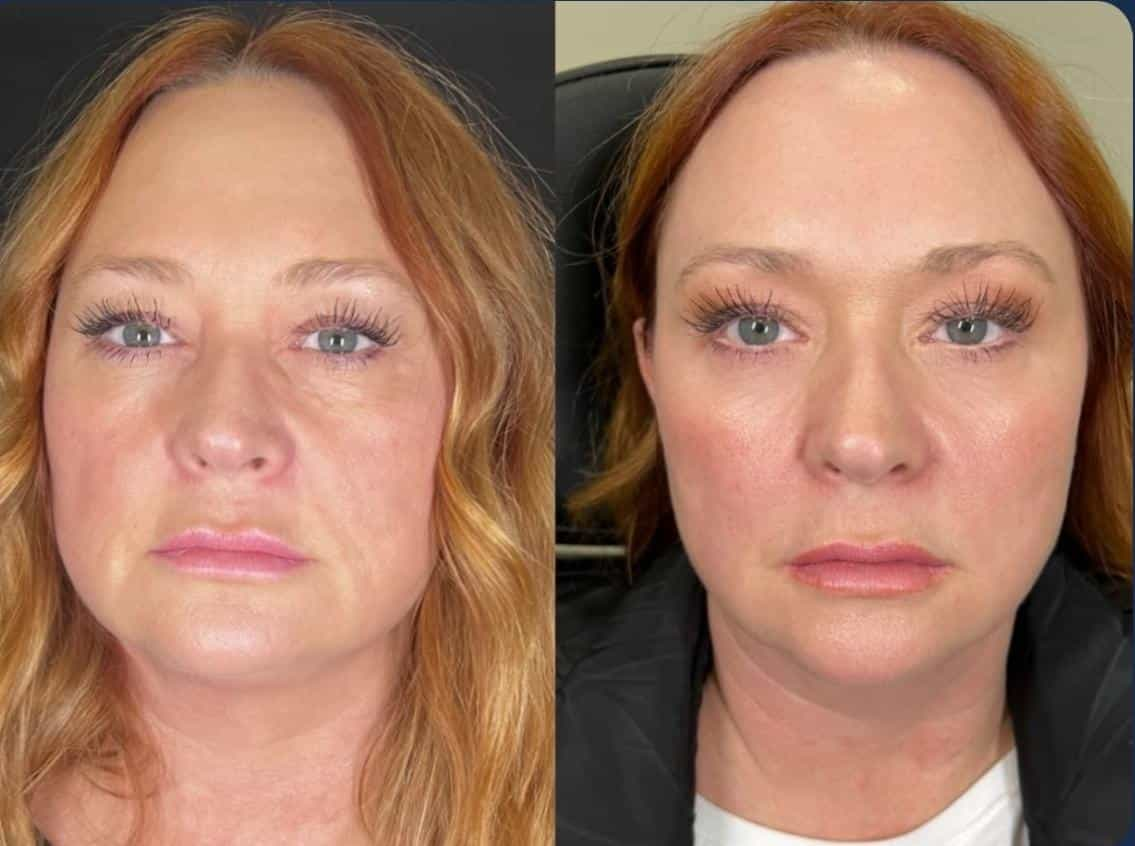
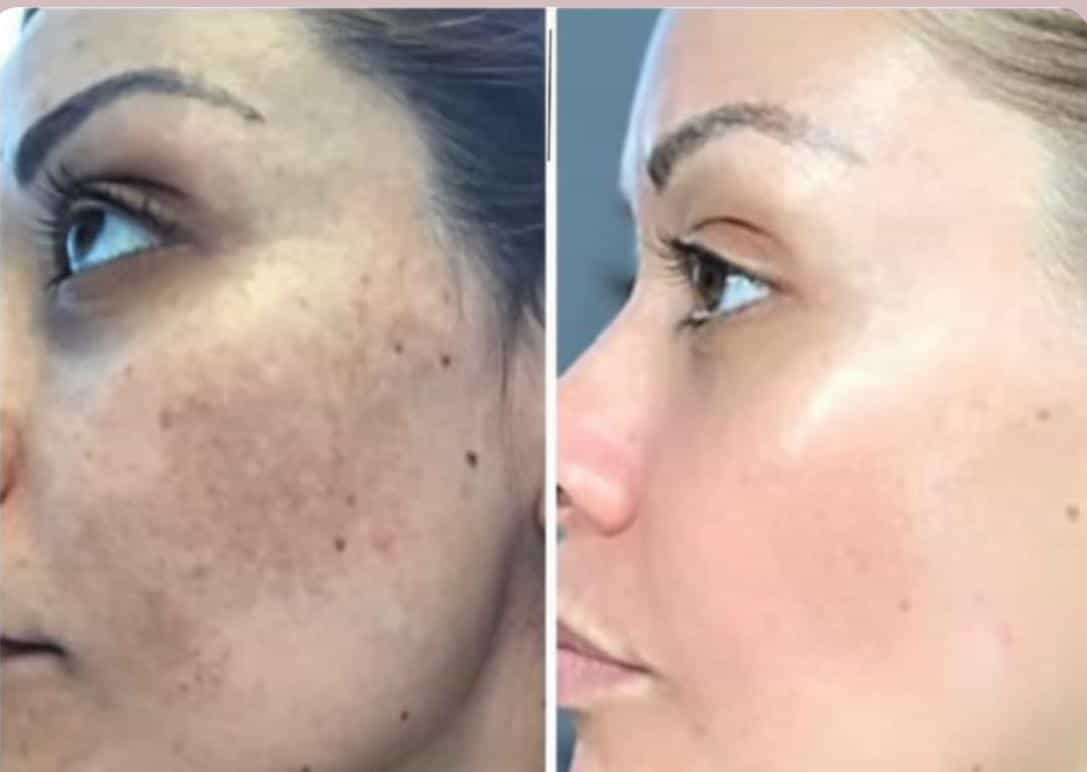


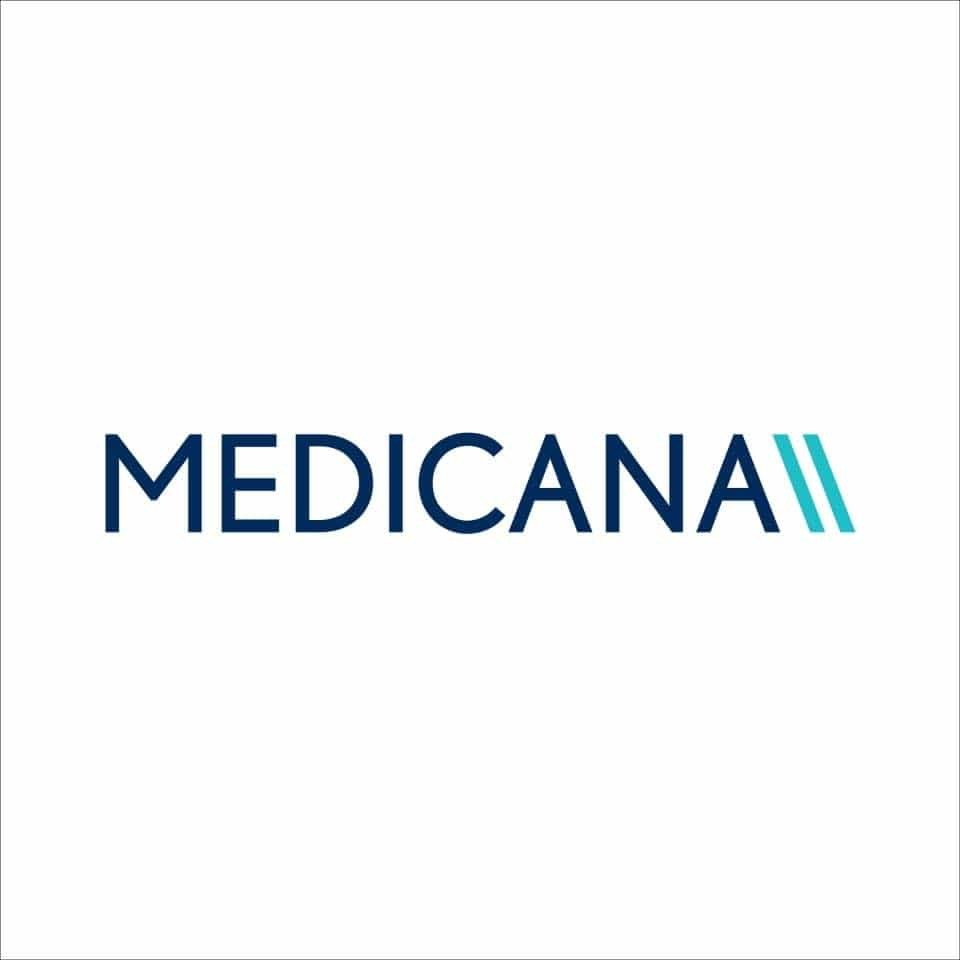
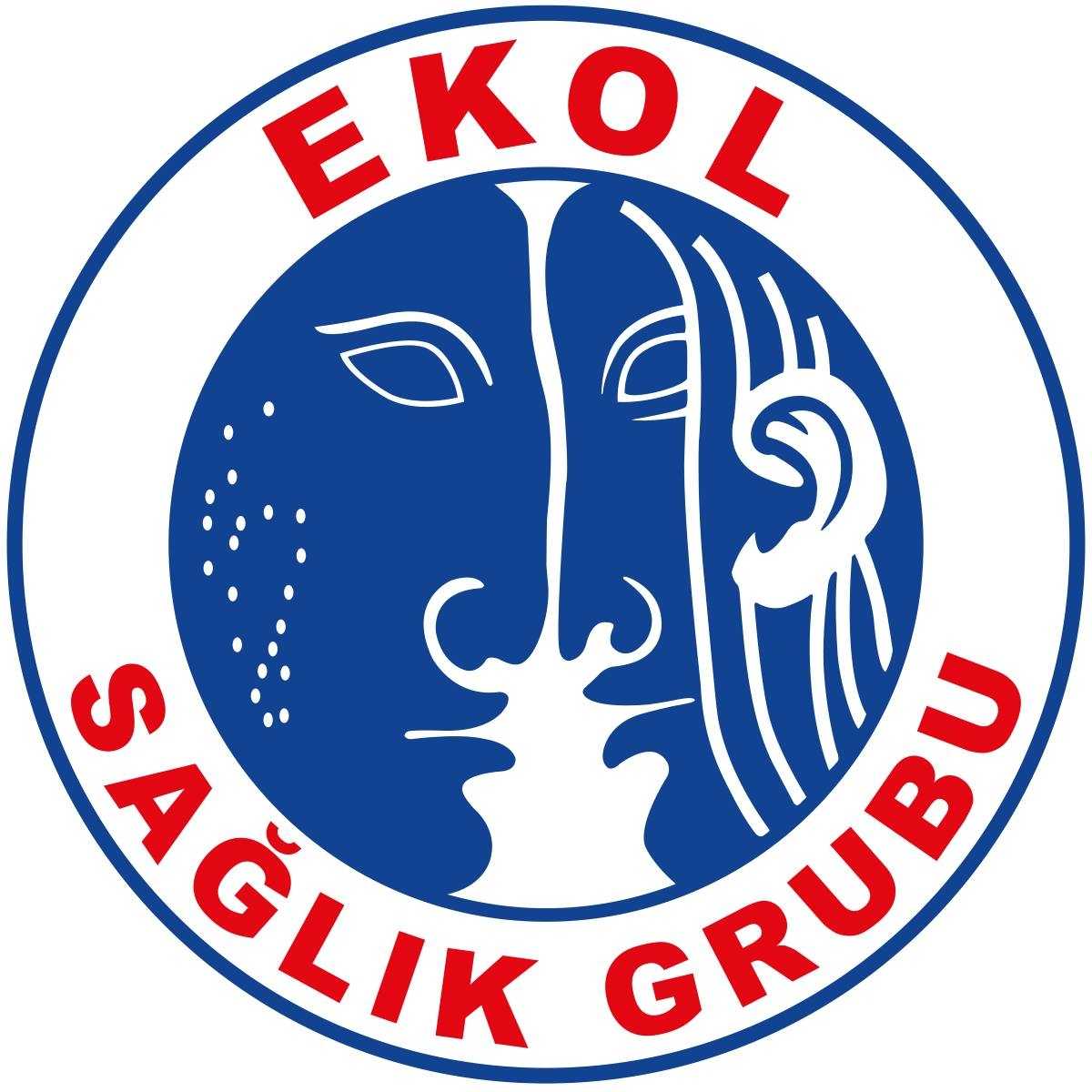

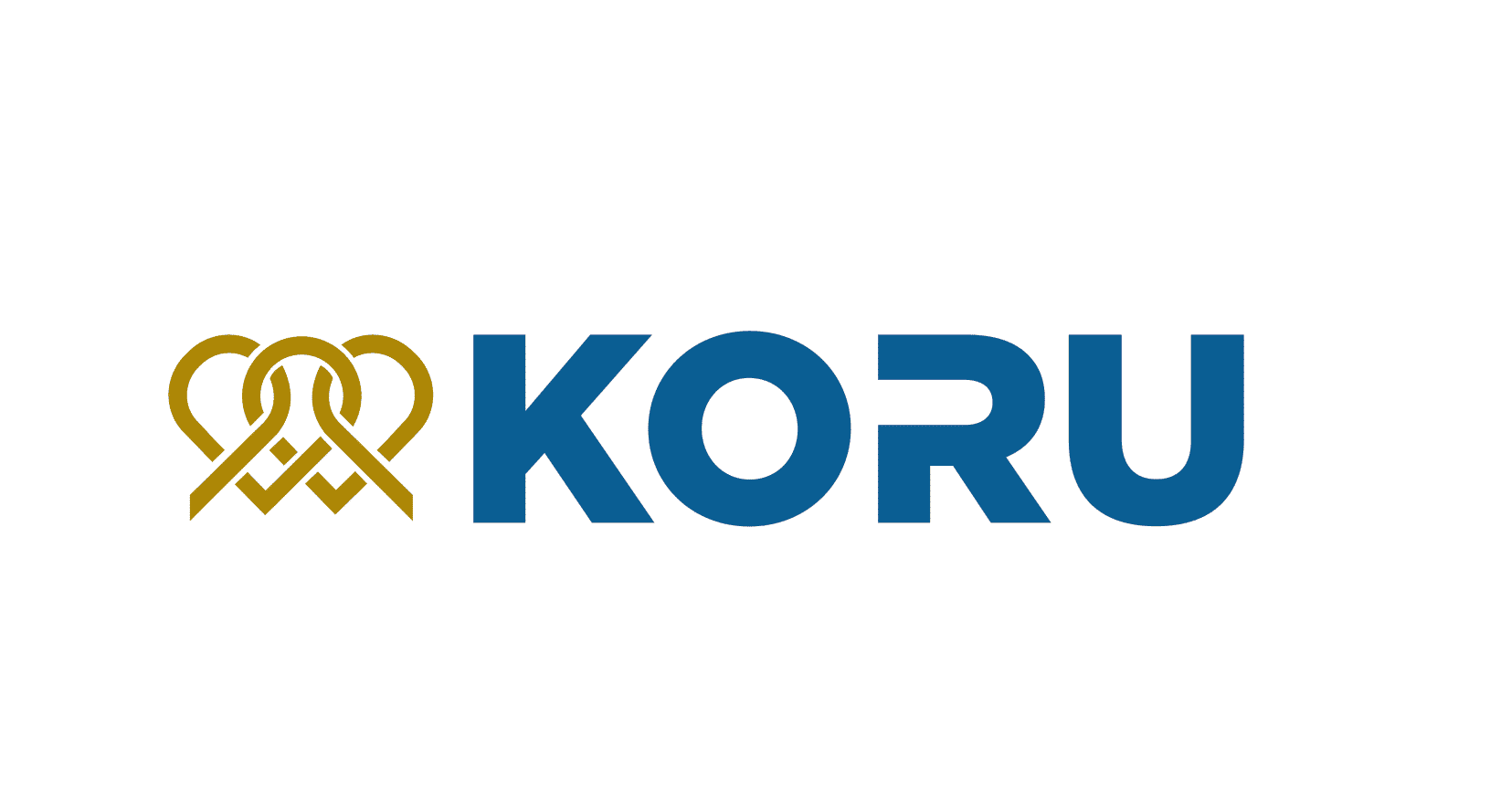
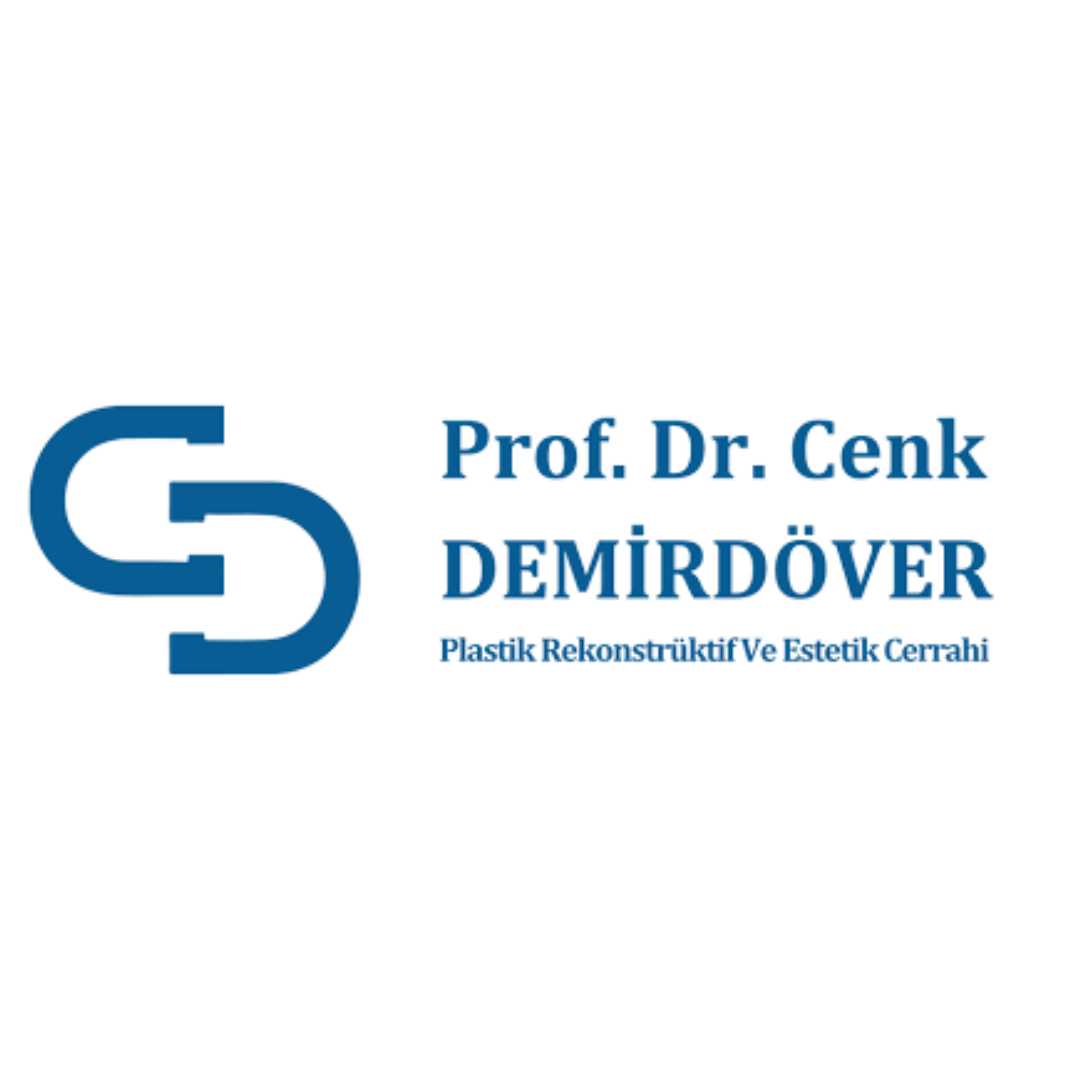

Share this listing